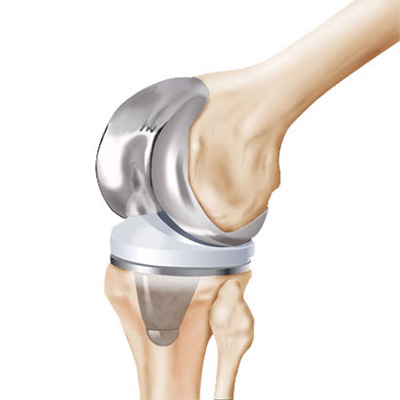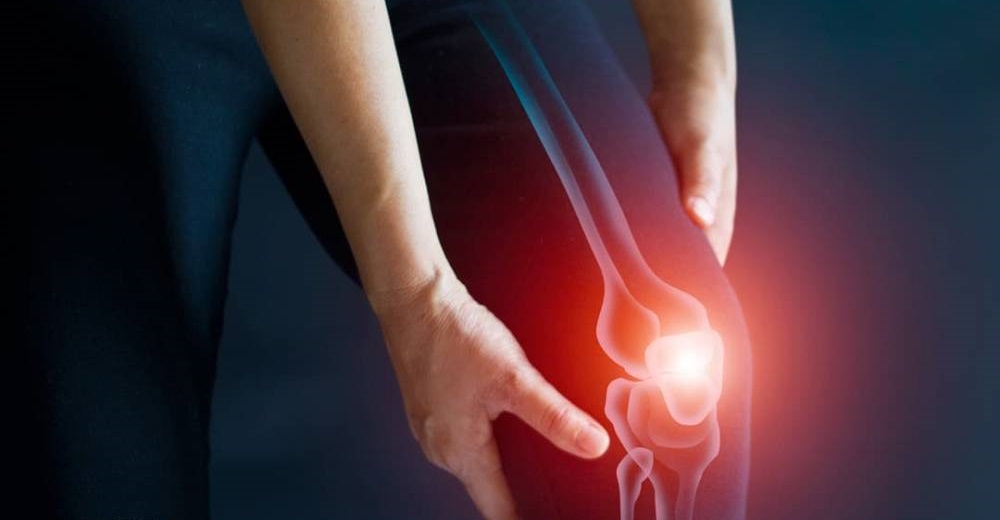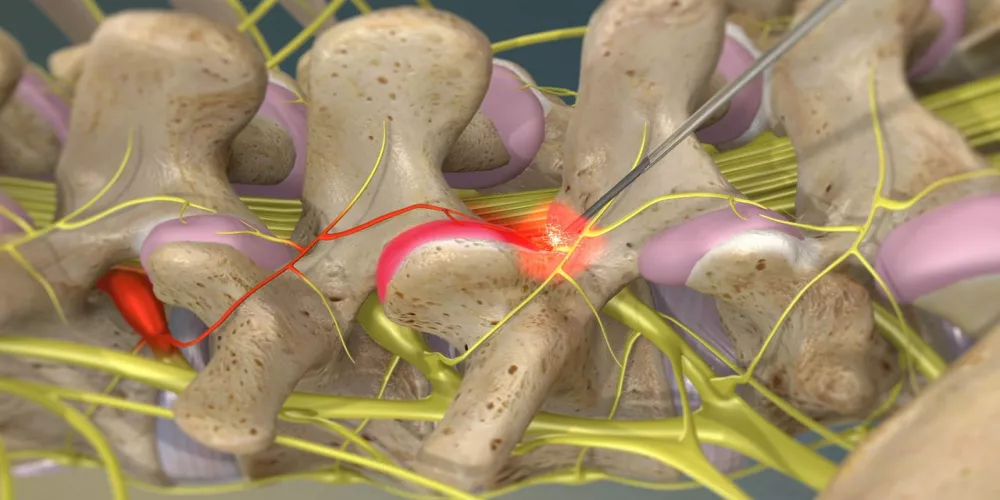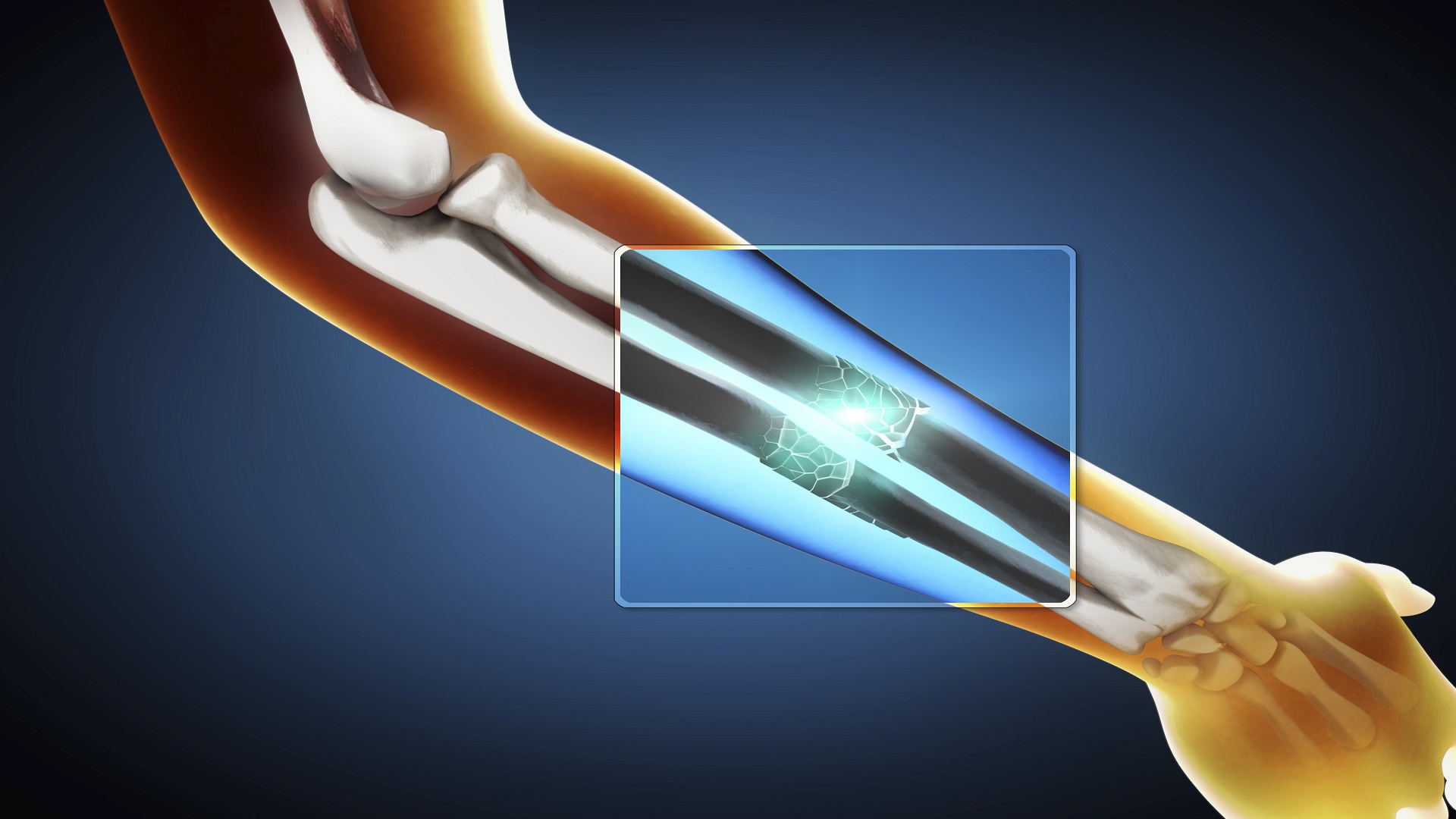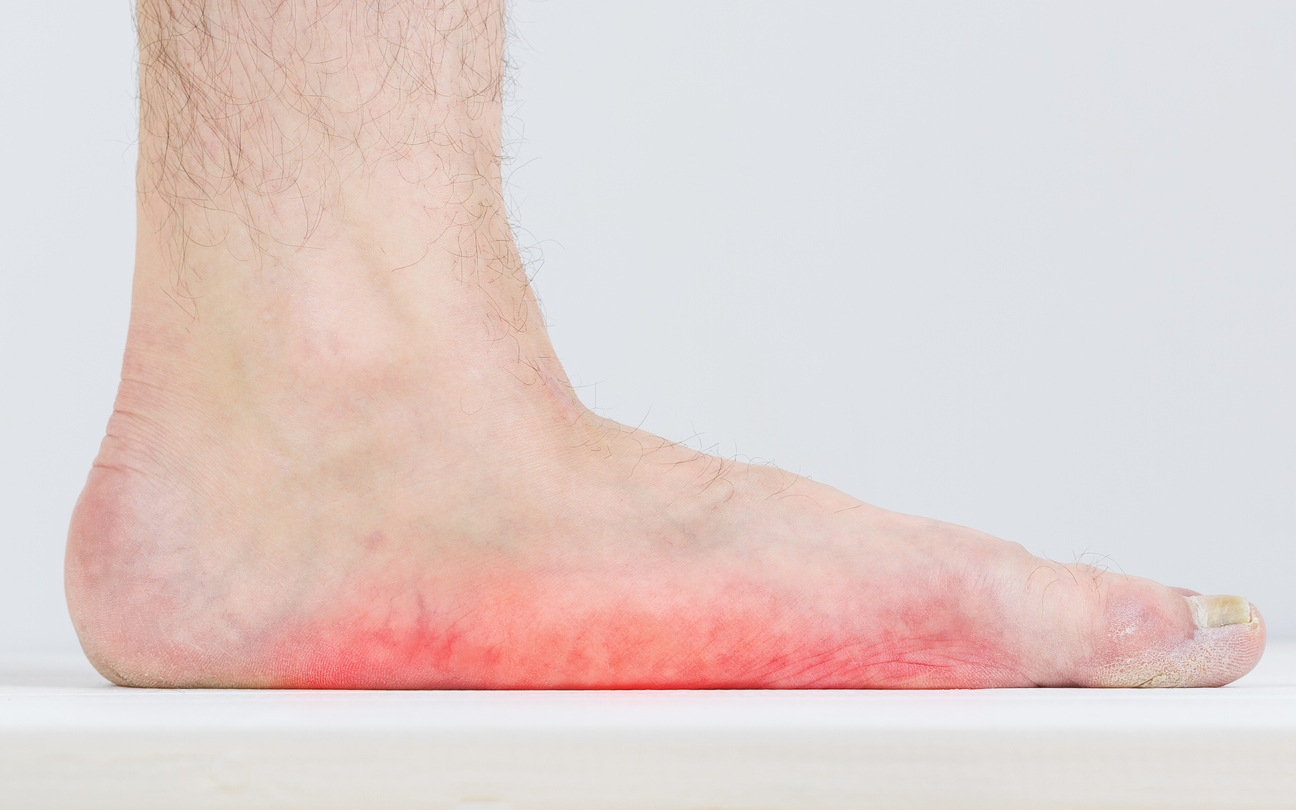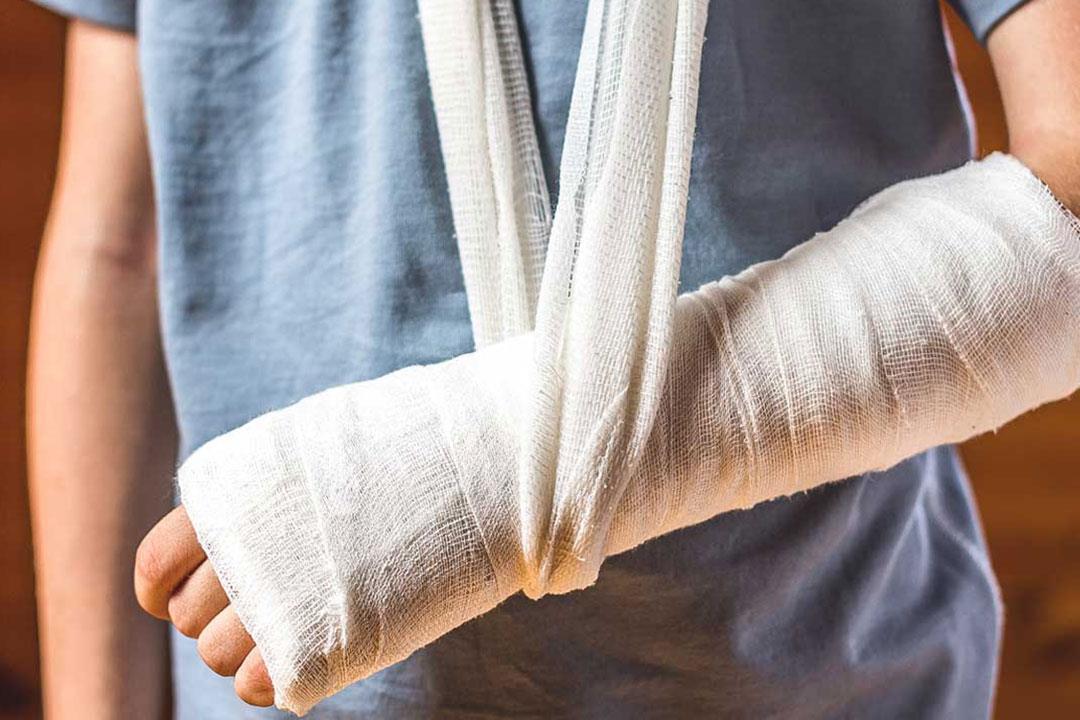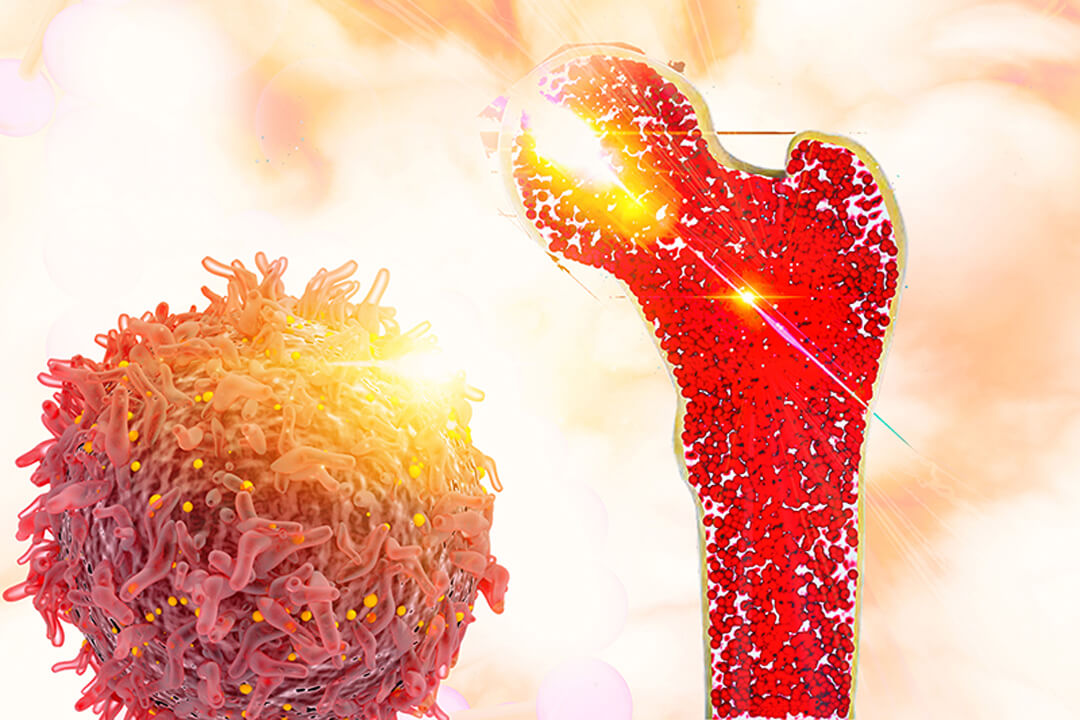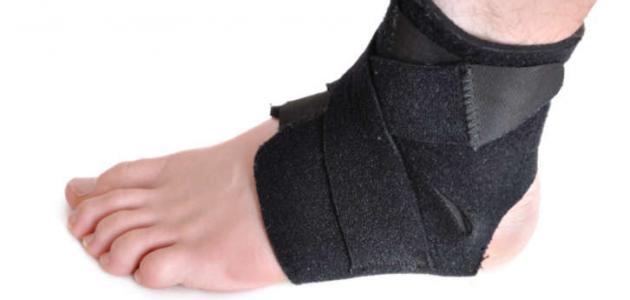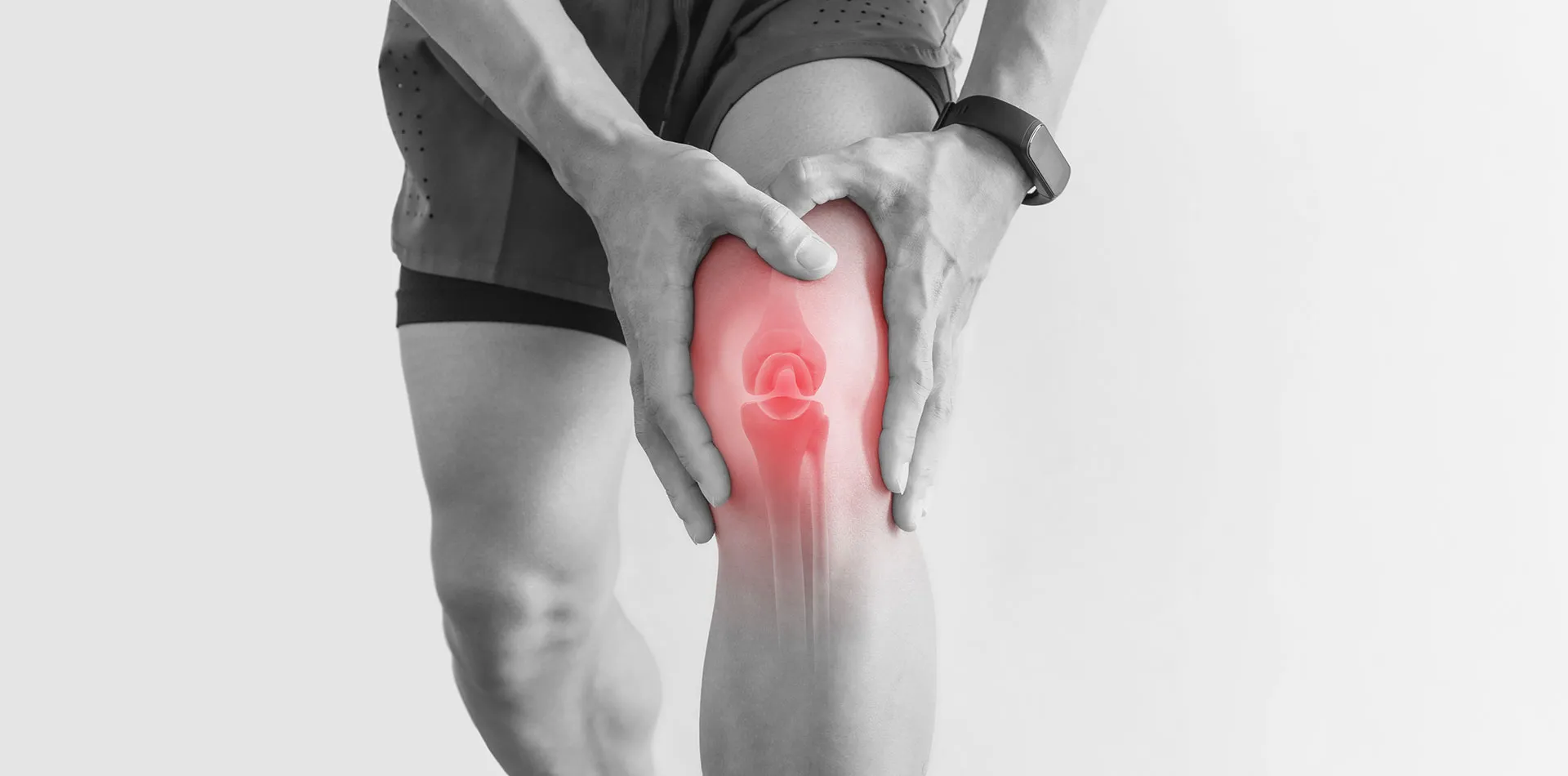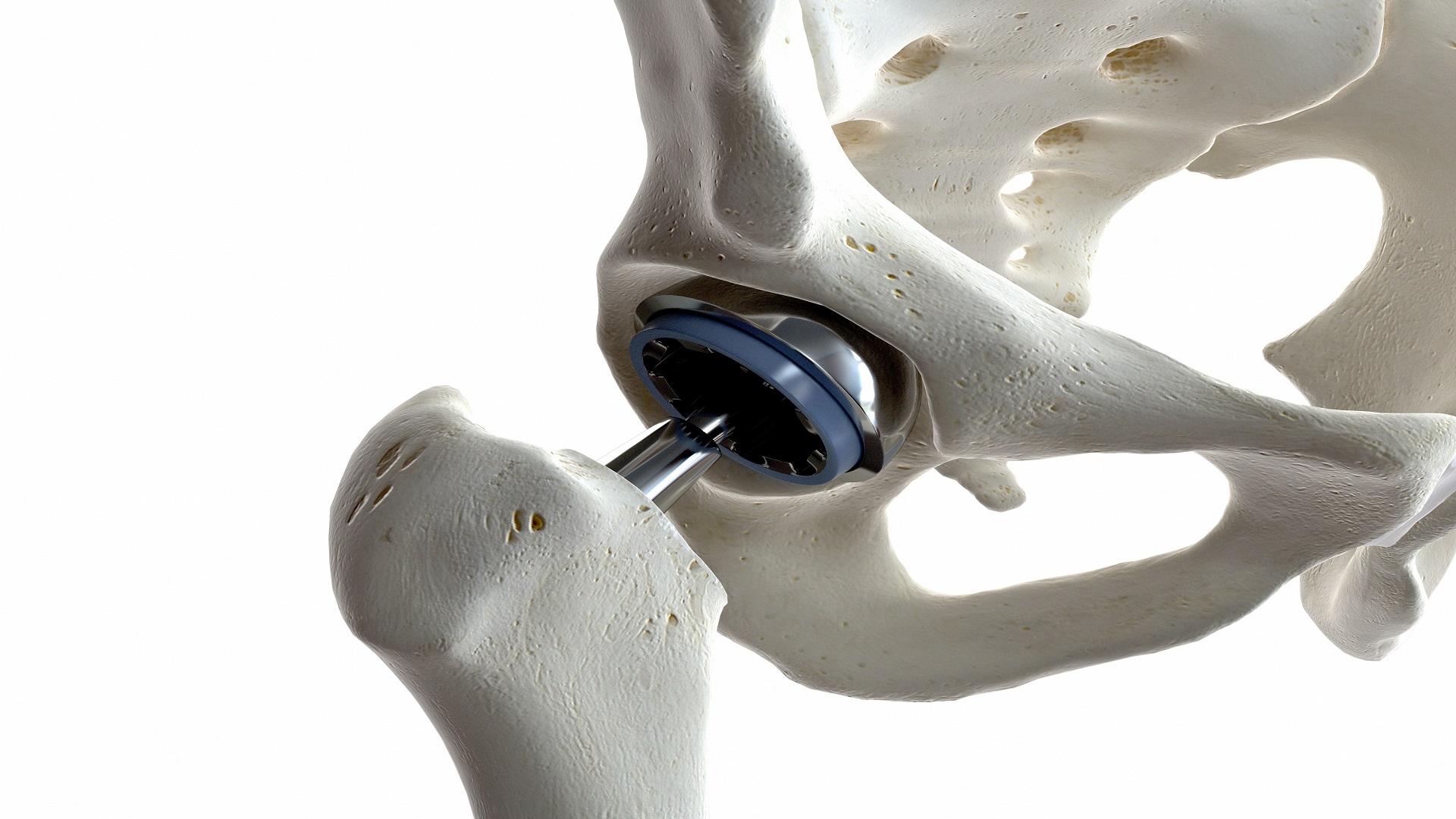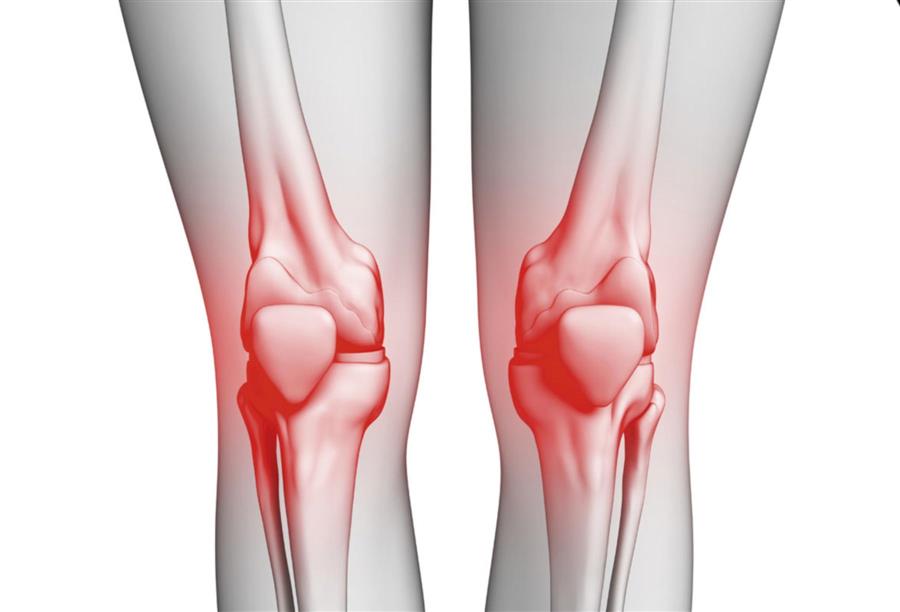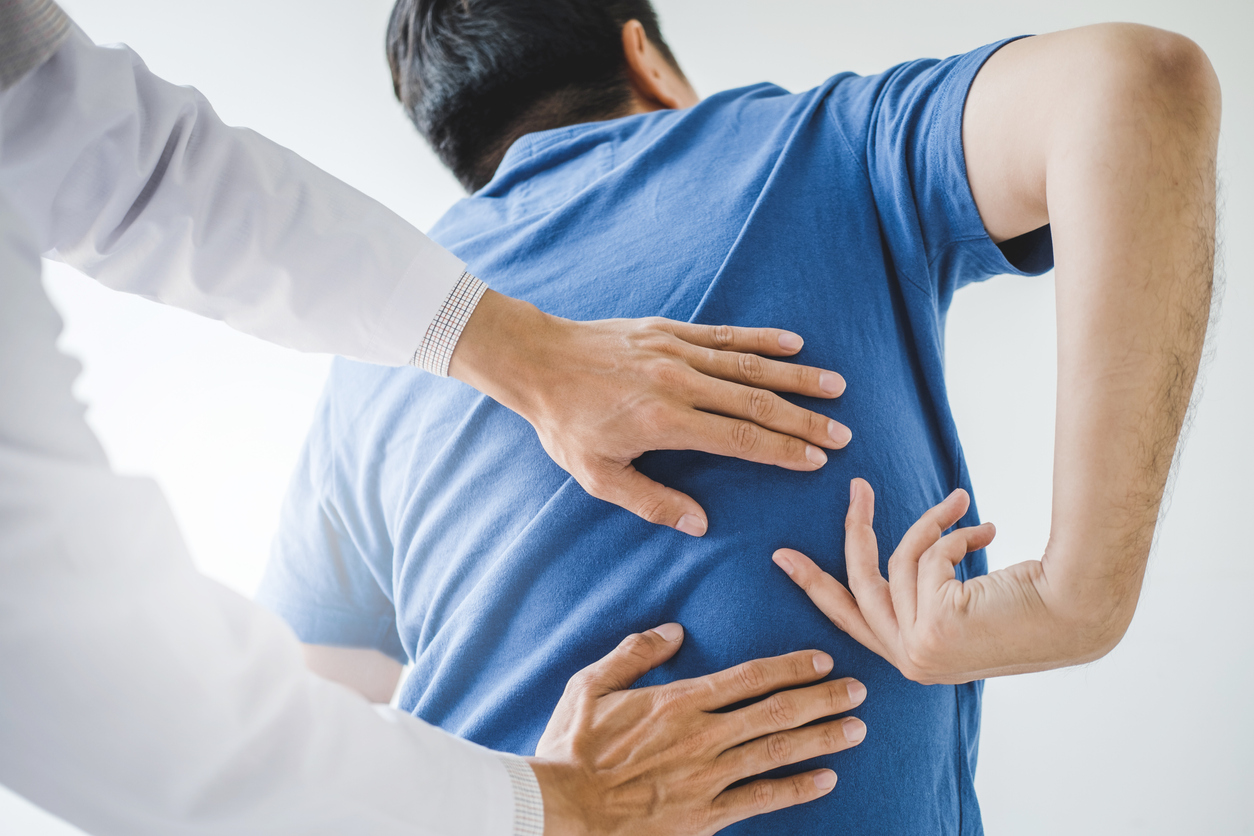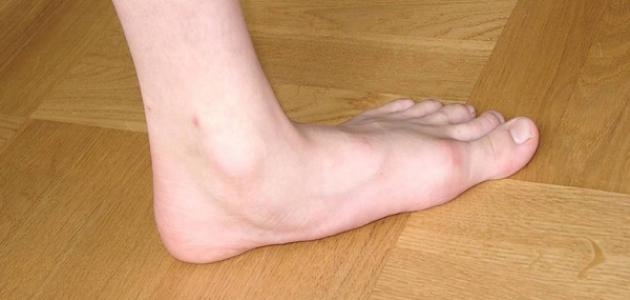Degrees of knee roughness
A person can have knee roughness for a number of reasons, and the person with a roughness of the knee goes through about four stages, each of which has its own symptoms, and this is what we explain in the following article in detail.
Degrees of knee roughness
Knee roughness is a defect or disorder that occurs in the knee joint resulting from several reasons, the most famous of which is exposure to accidents or infections such as rheumatoid arthritis or gout, and this injury results in knee pain and limits the person’s ability to move.
Knee roughness usually does not occur suddenly, but many symptoms can occur that indicate that there is a health problem in the knee joint, and the injury is gradual in terms of signs that indicate that a person has knee roughness, and certainly early detection of it helps to reduce the increase in symptoms or damage to the joint.
What are the degrees or stages of knee roughness?
There are four degrees of knee roughness, and it occurs gradually from the first stage to the fourth, and the identification of roughness in the first stage is a key factor in preserving the eroded cartilage and reducing the effect of roughness on the muscles and tendons of the knee.
Symptoms of knee roughness can be as follows:
The first degree of knee stiffness
A person may not easily recognize his injury in the stage of knee roughness, but symptoms begin to appear early, including tingling in the knee or discomfort from climbing the stairs, despite the ease of the matter before, and it is important for the person to maintain his physical fitness and exercise during this period.
The second degree of knee stiffness
In the second stage, more symptoms begin to appear, including feeling intermittent pain in the knee, especially when sitting incorrectly for long periods, and there is a greater chance of feeling joint stiffness and discomfort when performing daily activities. It is recommended at this stage to do muscle-strengthening exercises and reduce weight to reduce the load on the knee.
The third degree of knee roughness
The risk increases at this stage on the knee because the synovial cartilage between the bones in the knee joint begins to atrophy and causes greater pain when moving and the difficulty of climbing stairs increases and knee swelling begins to appear in some people, it is important for the patient to use hot and cold water compresses while maintaining appropriate exercise.
The fourth degree of knee roughness
The fourth stage of knee roughness is considered the most dangerous among the four stages because the joint cartilage has reached the stage of atrophy and cut, which affects the knee ligaments, and the patient is more likely to have a disability in movement due to the severe pain he feels, then doctors can resort to surgical treatment at this stage.
What are the complications of knee roughness?
Knee roughness pain is considered one of the diseases that afflict a person with limits in movement, especially if the patient does not recognize the roughness early, which helps in the emergence of complications of the injury, and thus this affects the knee and increases the risk of reaching the fourth stage of knee roughness, which is the most severe.
What are the risks or complications of knee roughness?
- An increase in body temperature.
- Feeling severe pain in the joint.
- The appearance of bumps on the knee joint.
- Inability to control the knee.
- Weakness of the affected leg muscles.
- Exposure to severe bleeding in the affected part.
Is knee roughness a chronic disease?
There are large percentages of the world’s population suffering from knee roughness as a result of many factors, including weight gain, sitting for long periods, or the presence of a genetic factor and other reasons, but sometimes the disease worsens and turns into a chronic disease that is difficult to recover from, and this is in the advanced stages when severe erosion occurs in the cartilage at the ends of the knee bones.


